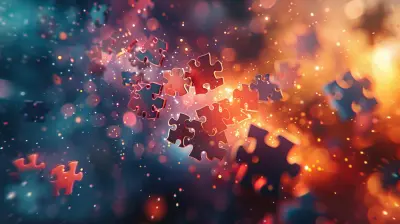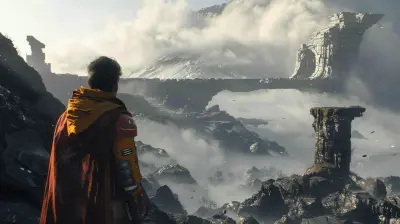The Influence of Realistic Animation on Player Engagement
25 October 2025
Imagine diving into a game, and the moment your character moves, the animations are so fluid, so lifelike, that you feel like you're watching a movie rather than playing a game. Sounds immersive, right? That’s the magic of realistic animation. It’s not just about making games look good; it’s about making them feel alive, believable, and engaging. Whether you're fighting off enemies, scoring goals, or simply exploring a lush virtual world, realistic animation can make or break your experience. But how exactly does it influence player engagement? Let’s dive right in and unpack it! 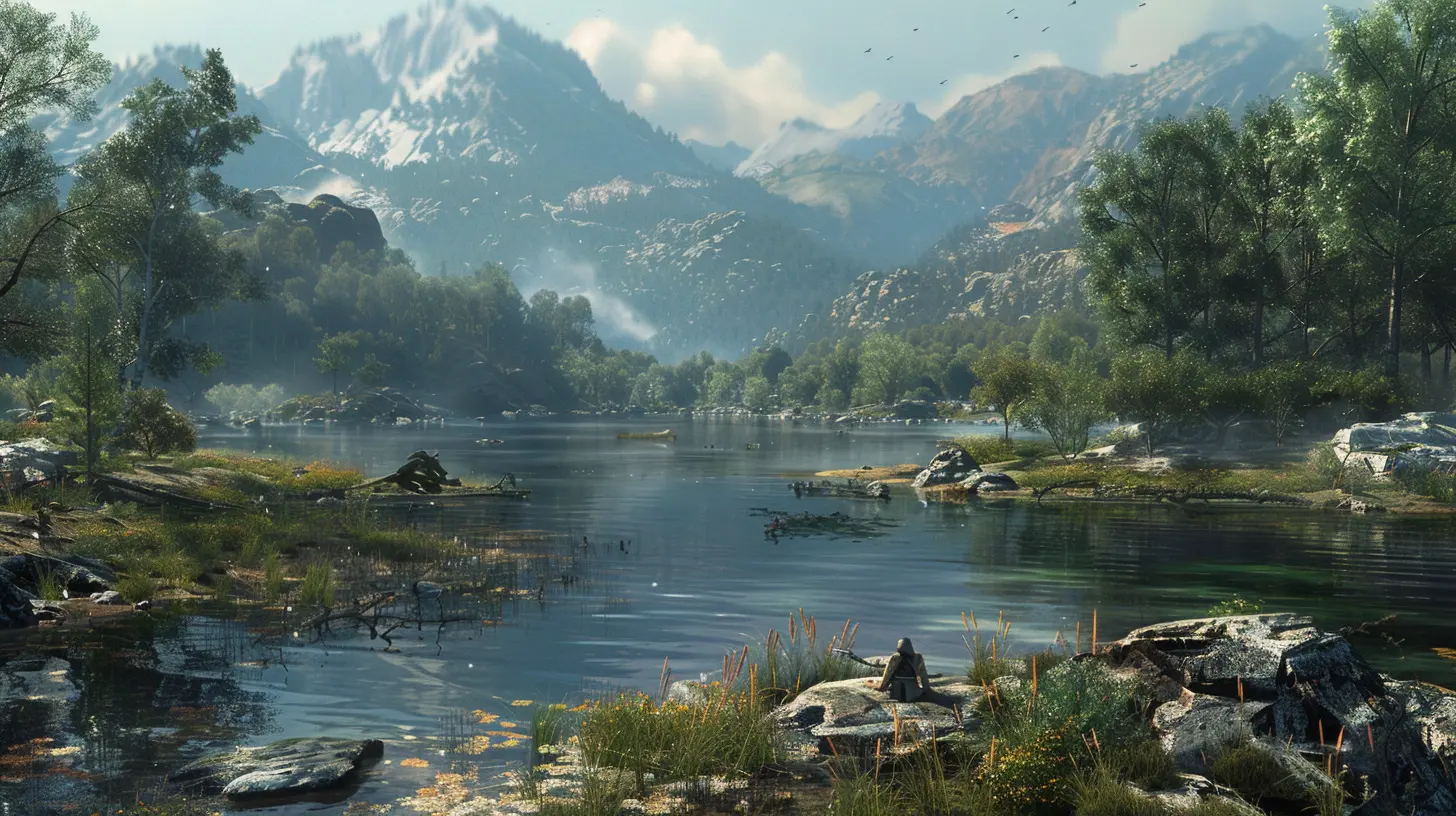
What Do We Mean by Realistic Animation?
Before we get ahead of ourselves, let’s clear up what we mean by "realistic animation." It’s not just about making movements look lifelike—it’s about making them feel natural within the game's context. Think about the way NPCs (non-playable characters) walk, jump, talk, or even react when you interact with them. Or take combat in action games—does the character swing a sword like an actual human would, or does it feel robotic and clunky?Games like The Last of Us, Red Dead Redemption 2, and Cyberpunk 2077 are the poster children of realistic animation. The way Joel cautiously steps through debris, a horse gallops across rugged terrain, or NPCs in bustling cities go about their day—it’s all about immersion. You’re not just playing; you’re feeling like you’re in the game. 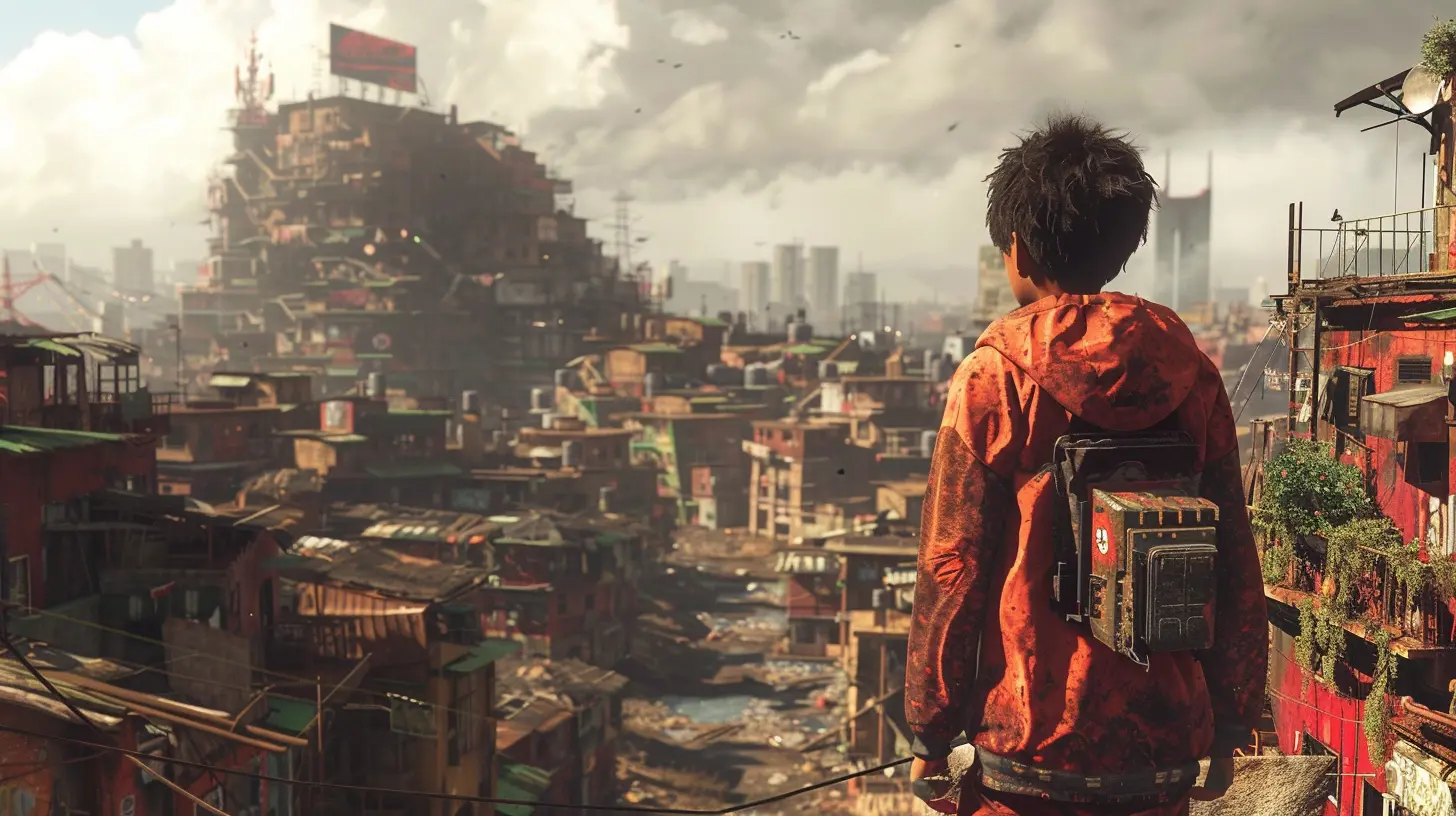
Why Does Realistic Animation Matter for Player Engagement?
Now here’s the million-dollar question: Why should developers pour so much effort into perfecting animations? It’s simple—players crave immersion. When animations are clunky, repetitive, or just outright bad, it yanks you out of the experience faster than you can say “Game Over.”1. Building Emotional Connections
Think about it—when a character’s facial expressions and body language are on point, you connect with them on a deeper level. If you’ve ever teared up during a game cutscene (looking at you, Life is Strange fans), the animations likely played a huge role in that.Realistic animations make characters feel human, even if they’re not. Whether it’s the furrow of their brows when they’re worried or the subtle way they shift weight from one foot to another when standing, these tiny details draw you in.
2. Creating Immersive Gameplay
Immersion is the holy grail of gaming. It’s why we can spend hours swinging through New York as Spider-Man or sneaking through enemy bases as Solid Snake. But immersion isn't just about high-res graphics or a killer soundtrack; it’s about how the world responds to you and how your character moves within it.Take for example Elden Ring. The animation of dodging, rolling, or swinging a sword feels weighty and deliberate, which doesn’t just look cool—it impacts how you strategize in combat. Every movement feels meaningful, which keeps players hooked.
3. Eliminating the “Uncanny Valley” Problem
Ever seen a character’s smile in an older game and thought, “Yikes, that’s unsettling”? That’s the uncanny valley—a weird space where animations are close to human but just… off. Realistic animations close that gap and replace awkward stiffness with natural movement.When animations align with a character’s personality, voice acting, and environment, players don’t think about it; they just feel it. And that’s the goal.
4. Enhancing Replayability
Here’s an underrated benefit: realistic animations can make games endlessly replayable. Why? Because you notice new details each time. Maybe it’s the way your character slips on ice in winter or the subtle head-nod an enemy gives before attacking. These tiny, dynamic touches keep the game fresh no matter how many hours you’ve logged.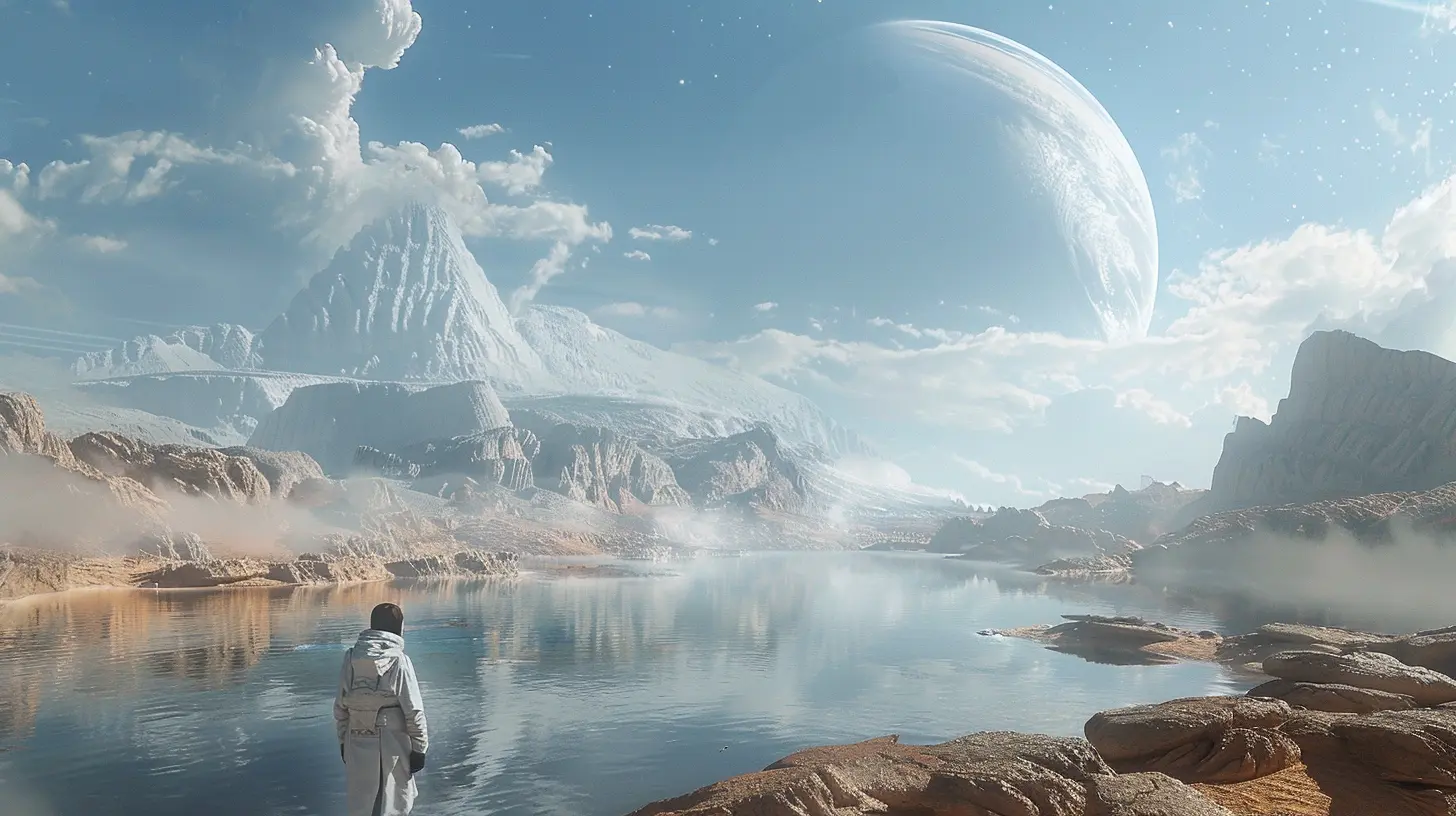
The Role of Technology in Realistic Animation
Alright, so how do developers make animations so jaw-droppingly realistic? Short answer: technology. Long answer? Let’s break it down.1. Motion Capture (Mo-Cap)
You’ve probably seen behind-the-scenes footage of actors in tight suits covered in little dots. That’s motion capture. It’s like recording real human movement and transferring it directly into a game.Games like God of War and Uncharted owe their lifelike animations to Mo-Cap. When Kratos swings his ax or Nathan Drake scrambles up a cliff, it’s actually based on real actors’ movements.
2. AI and Machine Learning
AI is a game-changer (no pun intended) for animation. Machine learning can predict and generate natural movements based on data, making animations smoother and more responsive. Remember the parkour in Assassin’s Creed? AI helps fine-tune movements like climbing, jumping, and sneaking so they blend seamlessly with the environment.3. Physics-Based Animations
What happens when a character falls off a ledge or gets hit by an explosion? Physics-based animations ensure that it looks believable. These animations simulate real-world physics, so every stumble, fall, or collision feels consistent and natural.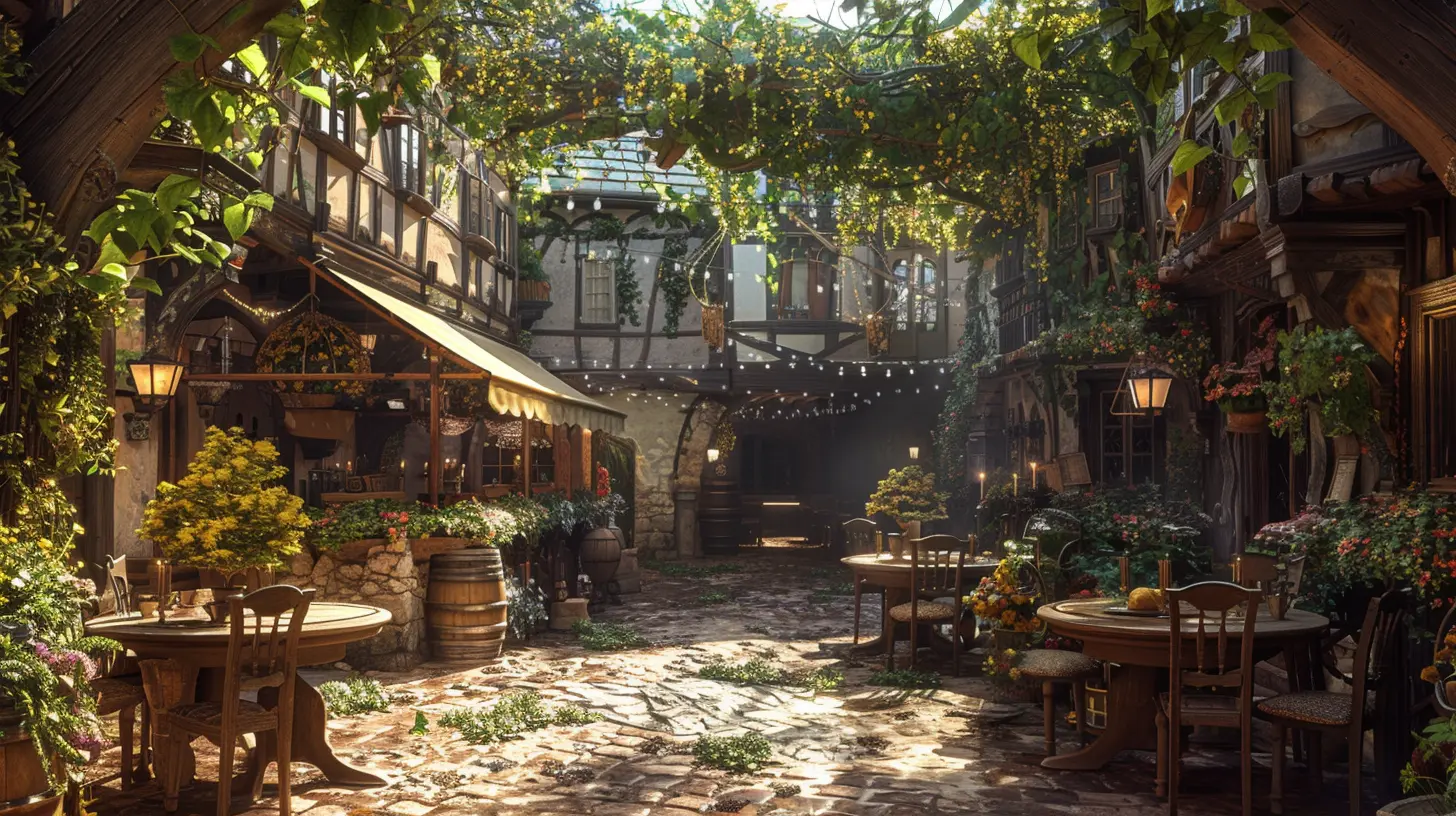
The Challenges of Realistic Animation
Of course, not everything is sunshine and rainbows. Creating realistic animation takes a lot of time, money, and effort. And sometimes, it can even backfire.1. Striking a Balance Between Realism and Gameplay
Here’s the thing: too much realism can actually break a game. If animations are too slow or overcomplicated, it might frustrate players. Imagine having to watch an ultra-realistic door-opening animation every time you enter a room—it’d get old fast, right?Developers have to balance realism with keeping things snappy and fun. Some movements might be simplified or exaggerated, not for realism’s sake but to keep gameplay engaging.
2. High Development Costs
Realistic animation is expensive—no sugarcoating that. Between hiring motion-capture actors, investing in advanced software, and hours of fine-tuning, it’s a costly endeavor. That’s why indie developers often trade realism for stylized visuals; they simply don’t have the resources for top-tier animations.3. Hardware Limitations
Not everyone owns the latest gaming console or a high-end PC. Developers have to optimize animations for a wide range of hardware, which can limit how realistic they look. After all, what’s the point of stunning animations if half your audience can’t experience them?The Future of Realistic Animation in Gaming
What’s next for animation in games? Well, the future looks bright—and incredibly lifelike.1. Real-Time Motion Capture
Imagine playing a game where NPCs react to you in real-time, based on your actual movements. Real-time motion capture could make this a reality, bringing unparalleled levels of immersion.2. Improved AI-Driven Animations
AI will only get smarter, which means animation is going to get even better. Developers might not need motion-capture actors for everything, as AI could simulate highly realistic movements entirely on its own.3. Virtual Reality (VR) Integration
In VR, animation becomes even more critical because you’re immersed in the game world from a first-person perspective. The future of realistic animation will likely align heavily with the growing advancements in VR technology.Wrapping It Up
To sum it up, realistic animation isn’t just a “nice-to-have”; it’s a core factor in player engagement. It pulls you into the game, makes you care about characters, and keeps you glued to your controller (or keyboard). Sure, it’s tough to get right, but when developers nail it, the results are unforgettable.So next time you’re playing a game and find yourself mesmerized by how real it feels, give a silent nod to the animators and tech wizards behind the scenes. They’re the unsung heroes turning pixels into magic.
all images in this post were generated using AI tools
Category:
Realism In GamesAuthor:

Lana Johnson
Discussion
rate this article
1 comments
Luna McVeigh
Realistic animation truly enhances immersion, making every gaming experience more captivating and emotionally rewarding!
October 26, 2025 at 3:24 PM

Lana Johnson
Thank you! Realistic animation indeed elevates player engagement by deepening emotional connections and creating immersive worlds.
